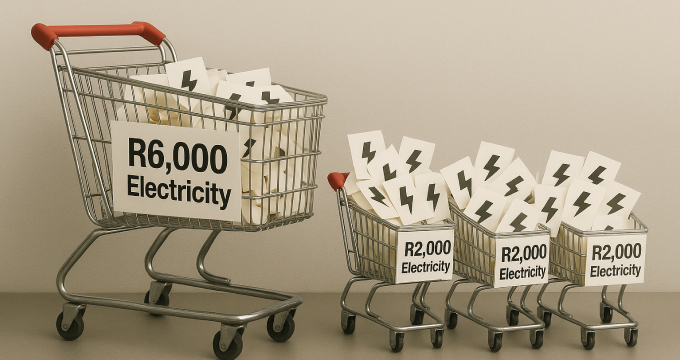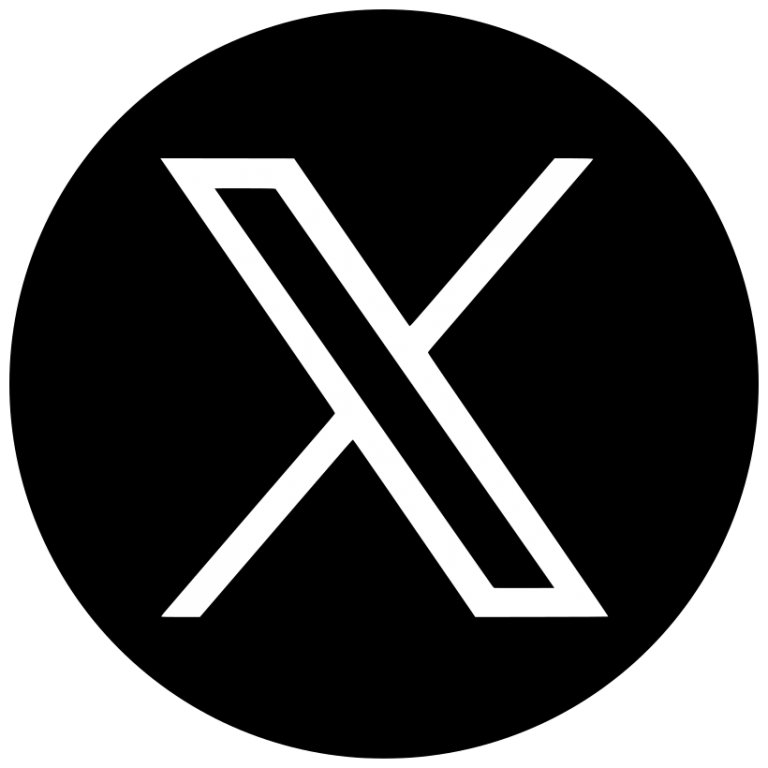Got The Right Electricity Units? This is How to Understand Your Prepaid Slip
VAT, municipal deductions, block tariffs and power units (kWh) for your meter – here we show you how to read and understand your prepaid slip, so you get the right amount of electricity.
We’ve all been there. One month, you buy R500’s prepaid electricity and your meter jumps happily with fresh units. The following week, though, you buy the same amount and suddenly get far fewer electricity units.
It feels like the system is broken, or worse – that you’re being cheated. This frustration is one of the biggest reasons people complain online about prepaid power.
But the truth is, there’s a simple explanation. By knowing how to read and understand your prepaid slip, you can see exactly where your money goes, why the number of units changes and, most importantly, how to ensure you’re not overpaying.
Let’s unpack your prepaid power slip step by step.
Breaking Down Your Prepaid Slip Line by Line
Your prepaid slip doesn’t just tell you the number of units you’re getting. It breaks down how your payment is allocated to additional levies and charges. If you look at the different parts of the slip, you’ll see things like VAT and Rands per kWh listed on the slip.
It’s important to know how these work, so you can calculate exactly how much to buy and when, all to ensure you’re getting the most bang for your buck.
Here’s what each part of your prepaid slip means:
1. VAT (Value Added Tax)
VAT is a type of tax that’s levied against almost everything that you buy, including electricity. VAT in South Africa is currently (2025) 15%, meaning that whether you buy R500 or R2,000’s worth of prepaid electricity, 15% VAT is deducted before any further allocations are made or electricity units are issued.
That’s why your slip will show VAT as a Rand number – that’s the amount deducted from what you paid. It’s the starting point of your actual electricity calculation.
(VAT is levied on all products sold in SA; your merchant or bank has no control over it whatsoever.)
2. Municipal Arrears Deductions
In many municipalities, if you have outstanding municipal bills (such as rates, water or other utilities) a portion of your prepaid electricity payment can automatically go towards settling those arrears before any electricity units are issued.
Some municipalities deduct a fixed percentage (for example, 30%) from every electricity purchase to cover outstanding balances, while others deduct the full amount owed before you receive any new units. In these cases, you could technically receive zero units, even though you’ve made a payment.
If you suspect this is happening, check your municipal account for arrears or contact your local office to confirm the percentage deduction policy. You can also reach out to Prepaid24’s Support, 7 days a week.
3. Block Tariff Charges
This is where most of the confusion comes in. Most municipalities use a block tariff system, meaning electricity costs more per unit as you buy more in a single calendar month.
For example, your municipality may make the first 350 kWh (kilowatt-hour is the unit we measure electricity in) a little cheaper, to inspire you to try and use less electricity (or for whatever reason they say/claim). Then, if you buy more, it gets more expensive.
Your prepaid slip might show something like this:
- Block 1: 0–350 kWh @ R2,10
- Block 2: 350,1–500 kWh @ R2,41
- Block 3: 500,1 kWh and above @ R3,65
Blocks reset every new month, so if you’ve already used up 350 kWh in this month, it’ll automatically charge any additional units you buy at Block 2 prices (more expensive!).
It’s important to understand that each municipality uses its own block tariff, so you will need to consult your specific tariff schedule to find out what scale your purchases are calculated on. Prepaid24 can assist you with this.
4. It gets more expensive the more you use
Your slip usually shows exactly how much of your payment went into each block (unfortunately, not all municipalities show these detailed block breakdowns anymore, even though the calculations are still being done in the background).
For example, in a R2,000 once-off purchase (remember, VAT gets deducted first):
- only the first R735.00 goes to Block 1, giving you 350 kWh of electricity
- then R361.50 goes to Block 2, giving you only 150 kWh
- the rest (R603.50) lands in Block 3, giving you only 165,3 kWh.
So, even though R603.50 is not that much less than R735.00, because it's spent in Block 3, you get MUCH less electricity units for it. This is the confusing part for most people.
To avoid paying more than necessary, buy only what you need for the month. Once you’ve reached your higher tariff blocks, avoid making extra purchases until the next month’s billing cycle begins.
5. Units (kWh) Received
This is the part everyone looks at first – the total number of units your meter will receive when you enter your token. But now you can see why the figure changes: it’s the combined result of VAT, municipal deductions, block tariffs.
Adding everything together will amount to your total payment and should help you understand where each cent went.

Why Bulk Buying Often Backfires
Here’s where most South Africans go wrong. It feels logical to buy a big chunk of electricity once and use it over several months – just like bulk-buying groceries at Makro. But with prepaid electricity, bulk buying is actually way more expensive in most cases.
Why? Because of Block Tariffs: When you buy a large amount at once (say R6,000, for example), to use over a few months, you’re buying in Block 3 for most of that payment, which is very expensive, so you get less kWh for every Rand you pay.
A Few Good Strategies for Buying Prepaid Electricity
Once you know how block tariffs work, the smartest way to manage your electricity is clear:
- It’s GOOD to buy every month. Even if you don’t need units, it’s smart to buy some so you use all your Block 1 allocation for the month. This gives you bonus cheaper units. Prepaid24 makes this easy with Scheduled Purchases through your banking app. You can even make use of our Purchase Reminders to help you remember.
- Buy only what you need. If you consistently roll over unused units into the next month, it means you’re buying too much and paying unnecessarily for expensive Block 3 units. Review what you actually used in previous months, and then set up a Prepaid24 Scheduled Purchase.
- Avoid massive one-off purchases. Unless you’re in an emergency (this will really need to be an exception case), resist the urge to load thousands upfront. It just pushes you into Block 3 faster and punishes your budget.
- Track your usage. The most important step: Knowing your average monthly consumption helps you fine-tune purchases. If your household uses 500 kWh a month, you can just avoid dipping into Block 3 and buy the exact right amount.
By applying these simple steps, you’ll immediately start getting better value for your purchases.
*Most municipal block tariff structures make it impossible to NOT buy in the top block, but you can limit how many units you buy in that most expensive block by matching your purchases with your consumption closely.

Prepaid24 Makes It Even Easier
Of course, all of this can feel like a lot of admin. That’s where Prepaid24 comes in. Our system gives you a clear Monthly Breakdown of your purchases and kWh units received, so you can see exactly where your money for electricity went.
We also provide Personal Support – 7 days a week – to answer your questions and help you optimise your buying strategy.
If you’d like a consultant to run your numbers or set you up with automated, smarter purchases, reach out to us via our support channels. With Prepaid24, understanding your prepaid slip is no longer a mystery — and you’ll never feel cheated by your electricity again.
Share this article with friends & family!



